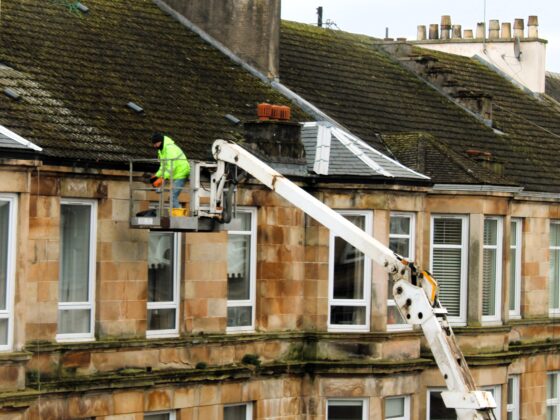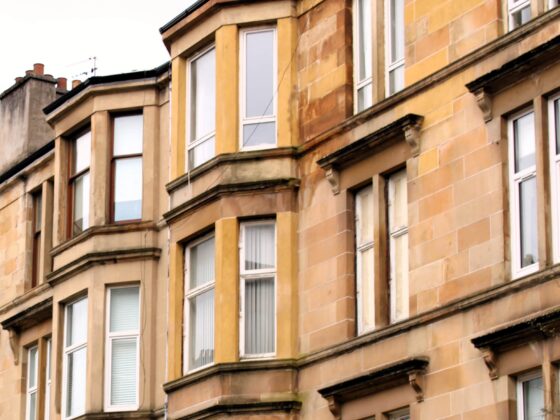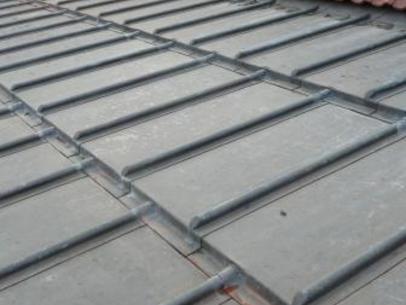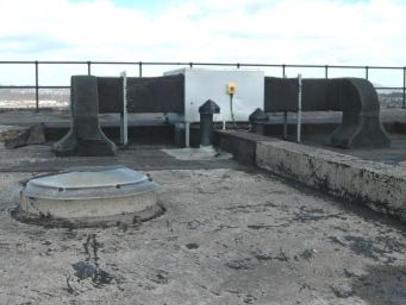Before making any changes to your flat, whether that’s ‘improvements’ or changes in use, you need to check your title deeds and check if you need to get any consents or licences. There may well be legal consequences if you do not do this.
Before making any changes to your flat, you must:
- check your property titles
- check the Tenements (Scotland) Act 2004
- get consent from your co-owners
- obtain the appropriate building warrants and planning permissions
Checking your titles
Part A of your titles will tell you which parts of the tenement are owned individually or in common with other owners. Part D of your titles will tell you about ‘real burdens’, such as:
- how your flat can be used – it may say only for single family use, no business to be conducted from home
- what changes can and cannot be made – e.g. structural alterations
- if you need to keep to a common scheme of paint colours or certain style of window etc.
The Tenements Act
In addition to what your titles say, there are also rules in the Tenements Act, particularly Section 9 (prohibition on interference with support or shelter) which also deals with impairment of light to any part of the tenement. This can be enforced by any other such owner who is, or would be, directly affected.
The Act, and recent secondary legislation, also set out rules for allowing owners and other bodies to fix cables, gas pipes, and heating pipes for communal heating systems. Section 19 allows for the fixing of pipes or service cables to common parts of the tenement.
Before relying on any of this legislation, it is essential to thoroughly review the conditions and the available rights of appeal.
Legal reference
- The Tenements (Scotland) Act 2004 (Gas Services) Order 2018 (allows for the installation of gas pipes)
- The Tenements (Scotland) Act 20024 (Heating Services) Regulations 2018 (allows for the installation of pipes for heat networks and communal heating)
Getting consents from co-owners
If the part of the flat or building you want to alter is owned partly by another flat or owned in common, you will need to obtain express consent from the other owner(s) before making any alterations.
Normally, ‘real burdens’ are enforceable by all the owners. Therefore, if making an alteration that breaches a ‘real burden’, consent should be sought. Even with minor alterations to common parts of your building, it’s advisable to obtain consent from the other owners.
If your titles are silent on ownership details, refer to the default rules in the Tenements (Scotland) Act 2004.
If in doubt as to ownership and alterations, seek legal advice.
Planning consent and building warrants
Alterations to flats are very likely to require consents from your local authority that are not required for houses.
A building warrant is required for all alterations to flats and maisonettes.
In terms of planning consent, some minor works are classed as ‘permitted development’ which does not require planning consent unless the building is listed or in a conservation area.
Minor works include adding a bike shelter in the private garden of a tenement and the following, as long as they don’t extend more than one metre from the building:
- replacement or new windows and doors (as long as you are not altering the dimensions)
- solar panels
- satellite dishes
- flues (exhaust pipes)
Adding dormer windows, balconies, roof platforms, etc. will require planning consent as will anything which makes a flat larger, such as a loft conversion or knocking two flats together.
Check your local authority’s website for specific information relevant to your area.
For more details, see this guidance.
Internal changes and structural alterations
You are legally prohibited from interfering with any part that provides support and shelter to the building, or from interfering with the light to any flat. This means you cannot demolish walls without providing alternative structural support. You cannot leave openings in walls which would let damp into the building.
Apart from needing others owners’ consent and a building warrant, you also need to consider how such changes could affect your neighbours:
- putting a kitchen or living room above or below a bedroom could be antisocial and lead to later problems
- replacing or renewing sound insulation between floors, particularly around new pipes
- using carpet rather than laminate flooring will greatly reduce noise problems
Legal reference
Windows
You may need planning consent to replace windows (check with your council). Also, check what your title deeds say.
Maintenance
You have a duty to maintain the parts of your building that provide support and shelter, so you must keep your flat maintained. It is particularly important to keep windows and the mastic around them maintained, and to deal with dripping overflows, both of which could lead to damp in flats below.
Legal reference
Loft extensions
Top flat owners cannot extend into the loft if it is commonly owned. If your titles say nothing about who owns the loft, it belongs to the top flat owner. But that owner would still need to get:
- planning permission (to which other owners can object)
- a building warrant (which may not allow adding an additional storey to the living accommodation)
Satellite dishes
You may need planning consent and the consent of your neighbours. You will also be responsible for any damage installers cause to the building.





